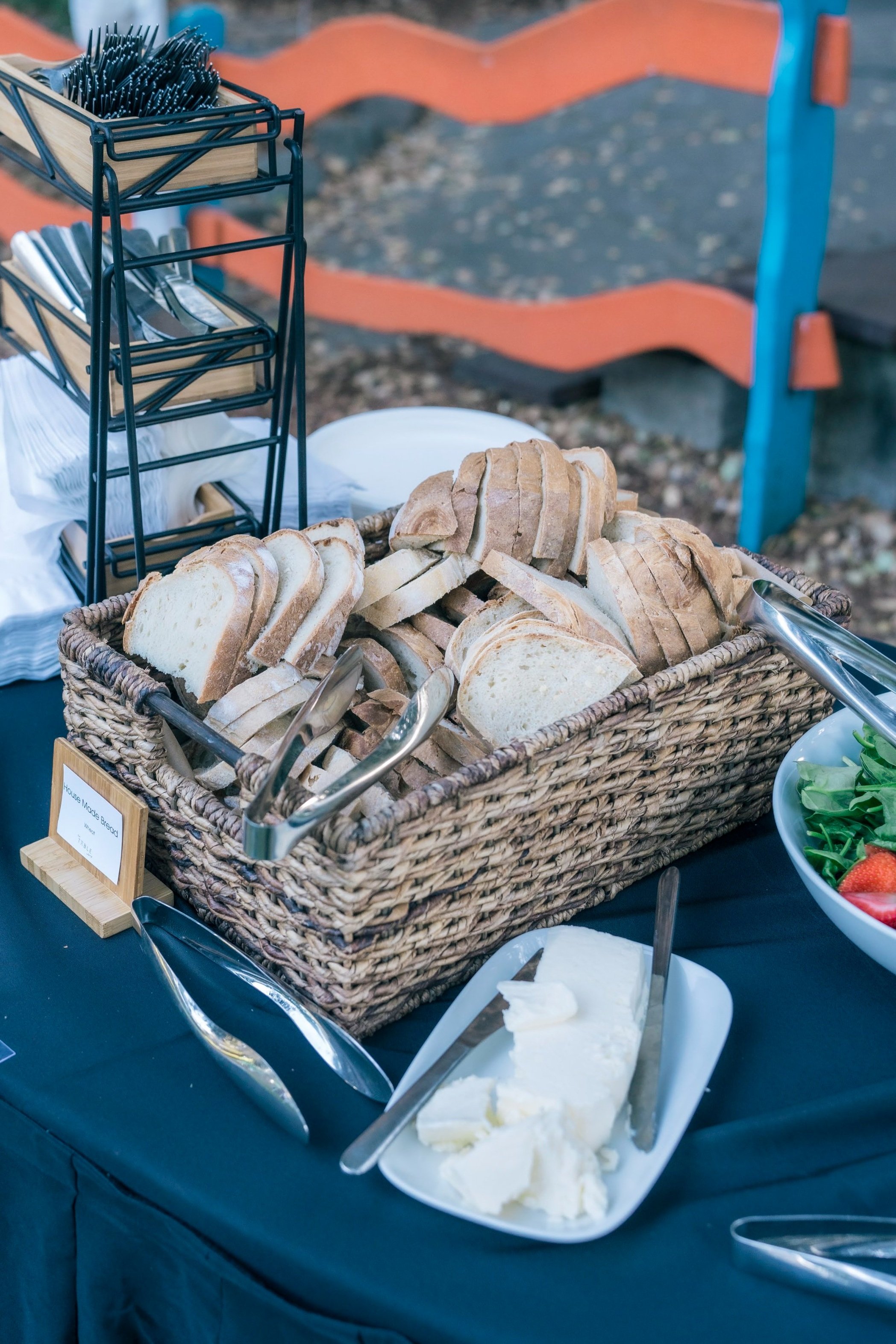Butter Complacency
I think it is pretty special to be living in the Bay Area. There is a lot of diversity and cities. And with that, there are a lot of options and choices when it comes to buying groceries. We live in a time and place where stores are stocked with at least a half dozen varieties of the same thing. And butter is not any different. It stores and travels well so grocers could offer a multitude of types from across the world.
But if I am looking to lower my carbon footprint, or honor a closer to home vendor that is doing the same thing, I want to keep my butter being made close to home. And in the Bay we have to great organic vendors. I remember first trying Strauss when I interned at Chez Panisse. It was ornately packaged, had a deep yellow color and gave way to a nice aroma and full bodied flavor in pastries. That was over twenty years ago and they were a much smaller company and less stocked in stores. It seems though as the grew their product did change with their expansion. Noticeable, just in regards to being less flavorful. But with more farmers, and more cows in the mix, I can see how that can happen.
Small batch growing and farming it appears just seems to have a better output in flavor density than scaling it larger to accommodate more people. That can be great for business, but not great for finding the best things to eat.
So looking for butter in the East Bay that isn’t from a larger local source like Strauss and Clover, is very limiting and almost nonexistent. How does a small business compete with larger dairies that can pump out product and sell it cheaper and not rely on a small niche number of people who fascinate over quality and locality and are willing to pay up to sixteen dollars a pound for butter to know that it is going to be worth every penny? I would gladly eat butter 8 times less often to buy it at a price 8 times higher than the average at a store. Just so I know I am getting what use to be the norm of what was produced for everyone in a small community. But I consider myself an outlier.
But as a person who is fascinated by where our food comes from and how to make it hyper sustainable and local, I want to follow the rabbit whole down to where our dairy sources come from, how they are produced, and how it’s flavor comes to be that affects our overal products it is used in.
Luckily, I got to visit a cheese farm up North that happens to make butter. They are Achadinha Farms. Although it is not their main product, cheese, it is the only butter source I know of around here that is made from their small herd of Jersey cows. And they have been making products from their dairy for generations.
The benefit of small farm buttermaking too is that they produced a cultured butter. They let their cream sit out with an inoculation of healthy bacteria to give the dairy even more flavor that lowers the pH, making it a little more acidic, This makes the butter even better for baking pastries.
So I am no stranger to finding non homogenous unpasteurized milk options. The best source I have found ran for sixteen dollars a gallon. That gallon had way more cream than the 4% whole milk. There was a solid two and half cups cream on top. That was enough to make a full pound of butter. So really, the price for butter is equivalent to the price of one gallon of milk straight from the cow which I think is a good deal.
So I would start looking around your own neighbor to see if there is some dairy farmer out there making small batches of dairy that you can compare to what is sold at the supermarkets. There is a lot more flavor profile that goes on and it changes throughout the seasons because it is based the diet of the cow.


